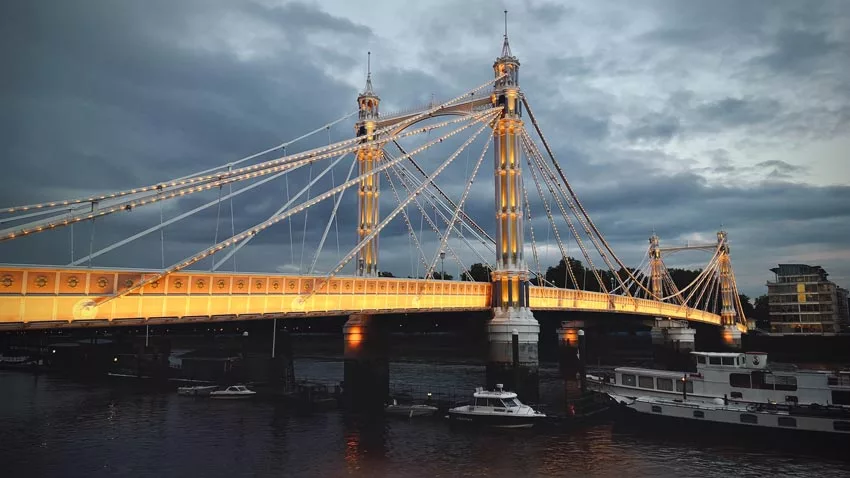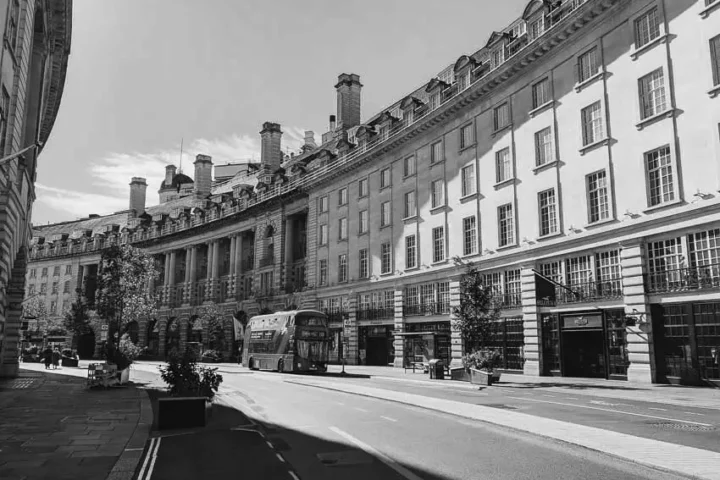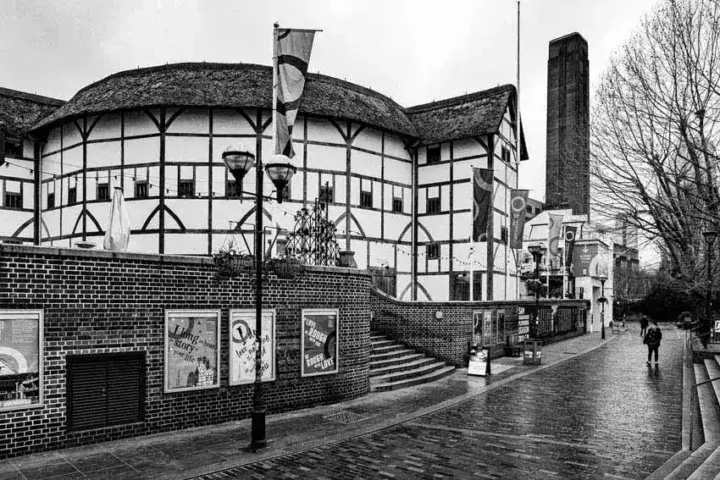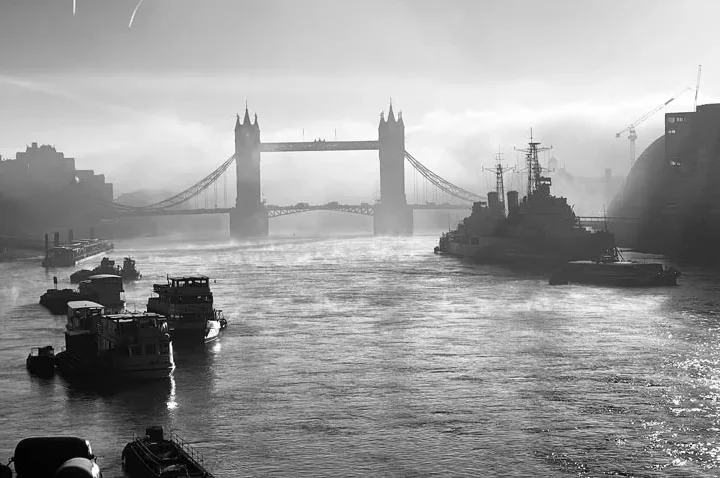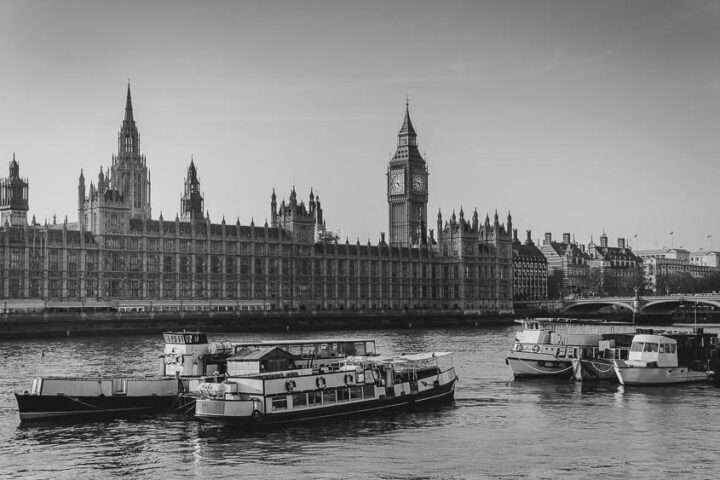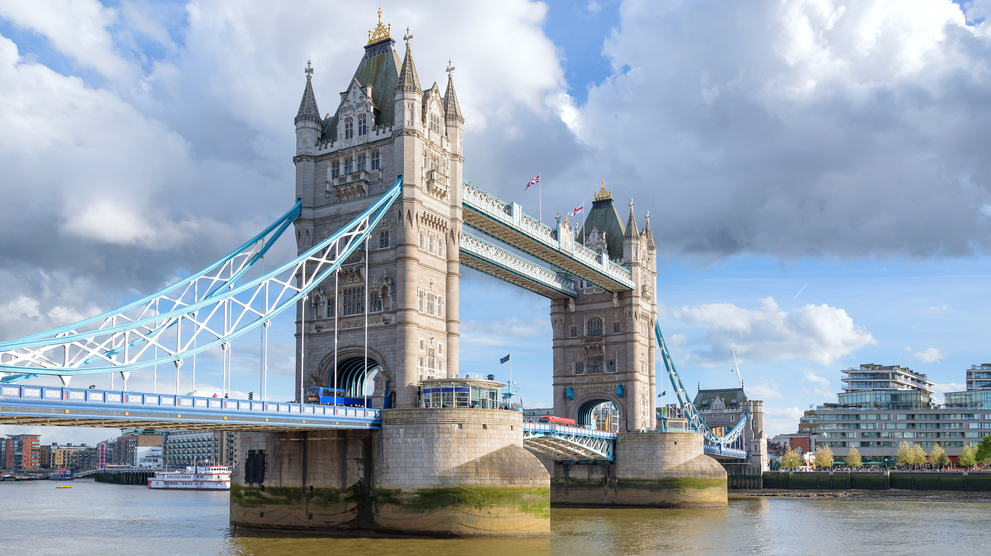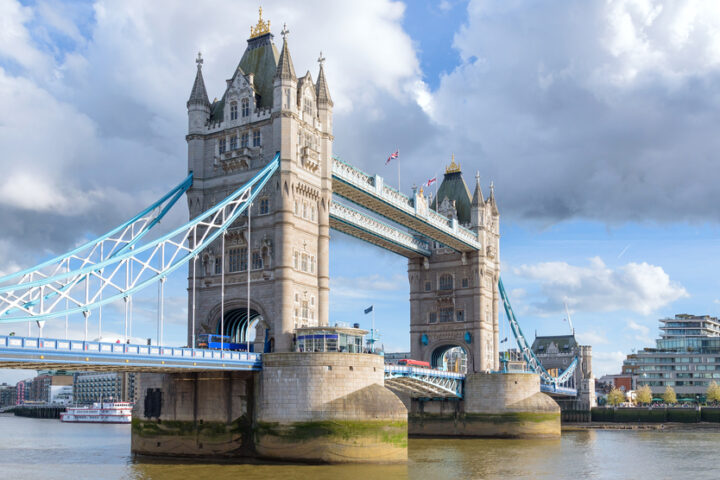The Victorian city of London was a city of startling contrasts. New buildings and affluent development went hand in hand with horribly overcrowded slums where people lived in the worst conditions imaginable. The population surged during the 19th century, from about 1 million in 1800 to over 6 million a century later. This growth far exceeded London’s ability to look after the basic needs of its citizens.
Upon the condition of London in the 19th century, an unlikely hero, an engineer named Joseph Bazalgette. Bazalgette entered and was responsible for rescuing and building over 2,100 km of tunnels and pipes to divert sewage outside the city. This made a radical impact on the death rate, and outbreaks of cholera fell dramatically after Bazlgette’s project was finished. Bazalgette was also responsible for the design of the Albert Bridge, Embankment, the Battersea, and Hammersmith.
Before the engineering achievements of Bazalgette came the architectural success of George IV’s favourite designer John Nash. Nash designed the broad avenues of Regent Street, Piccadilly Circus, Carlton House Terrace, and Oxford Circus, as well as the ongoing creation of Buckingham House into a palace worthy of a monarch later.
Just at the back of Buckingham Palace, the Grosvenor family developed the patrician Belgrave Square. In 1830 land just east of the palace was cleared of the royal stables to create Trafalgar Square, and the new National Gallery came into existence just two years later.
The early part of the 19th century was the golden age of steam. The first railway in London was built from London Bridge to Greenwich in 1836, and a great railway boom followed. Major stations were built at Euston (1837), Paddington (1838), Fenchurch Street (1841), Waterloo (1848), and King’s Cross (1850).
In 1834 the Houses of Parliament at Westminster Palace burned down. They were gradually replaced by the triumphant mock Gothic Houses of Parliament designed by Charles Barry and A.W. Pugin.
The clock tower of the Houses of Parliament, known by the public as Big Ben, was built in 1859. The origin of the name Big Ben is in some dispute, but there is no argument that the moniker refers to the bells of the tower, NOT to the large clock itself.
In 1848 the Great Potato Famine hit Ireland. Well, you must be thinking about what it has to do with the history of London. Well, there’s a lot. Over 100,000 broke Irish people fled their native land and settled in London, making at one time up to 20% of the total population of the city of London.
Prince Albert, companion of Queen Victoria was mainly responsible for one of the defining moments of the era that bears his wife’s name; the Great Exhibition of 1851. This was the first grand world fair, a showcase of technology and manufacturing from countries all over the world. The Exhibition was held in Hyde Park, and the centrepiece was Joseph Paxton’s revolutionary iron and glass hall, known as the “Crystal Palace”.
The exhibition was an immense success, with over 200,000 attendees. The proceeds from the Great Exhibition went towards the founding of two new permanent displays, which became the Science Museum and the Victoria and Albert Museum. After the event, the Crystal Palace was moved to Sydenham, in South London, where it stayed until it burned to the ground in 1936.
The year 1863 saw the completion of the very first underground railway in London, from Paddington to Farringdon Road. The project was so successful that other lines soon followed.
However, the expansion of transport was not limited to dry land. As the hub of the British Empire, the Thames was clogged with ships from all over the world, and London had more shipyards than any place in the known world.

